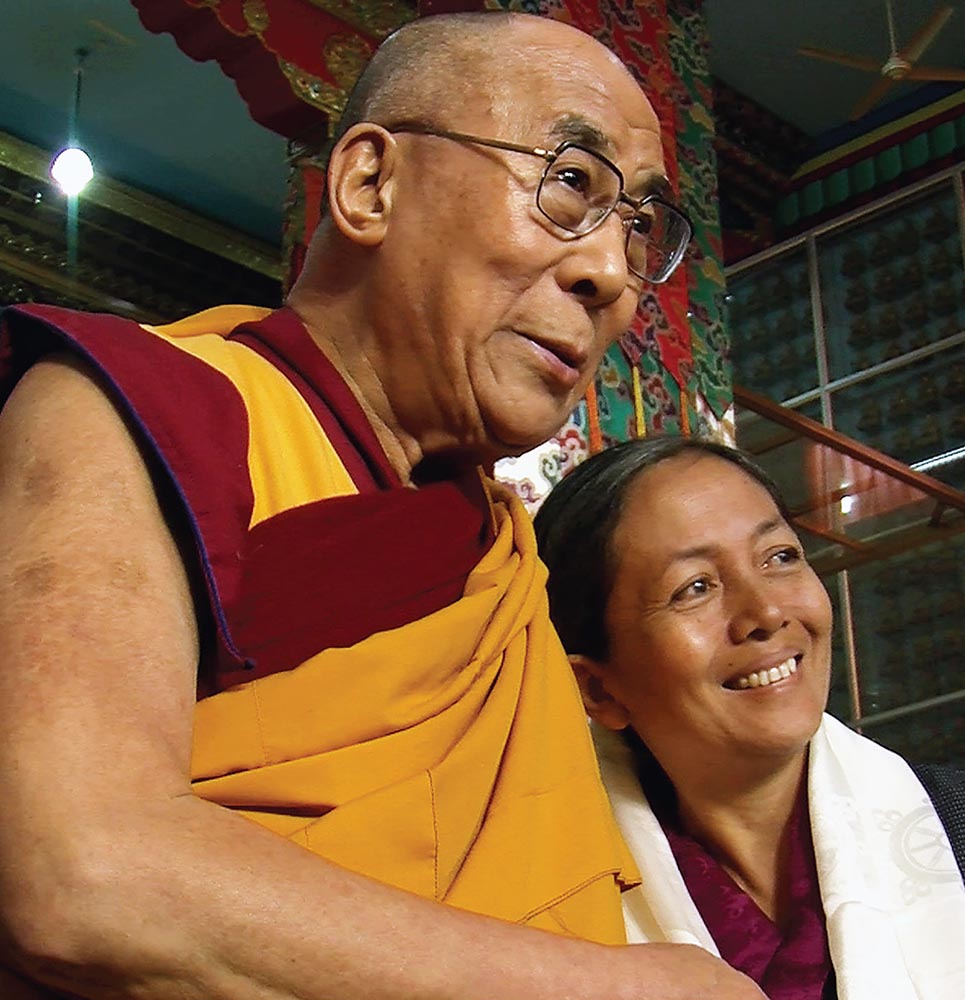Politics of the Unseen: Visual Practice, Spirituality, and Resistance in Contemporary Indonesia
The biennial Asian Studies Association of Australia (ASAA) conference, the largest gathering of experts working on Asia in the southern hemisphere, was hosted by The University of Melbourne in 2020. Due to the restrictions caused by the COVID-19 global pandemic, the event could not take place on campus on the planned dates in July 2020. Using a flexible approach in response, the organisers reshaped the conference into a series of online panels and roundtable discussions throughout the remainder of the year. One of the events was the roundtable webinar “Politics of the Unseen: Visual Practice, Spirituality and Resistance in Contemporary Indonesia.”
The webinar was organised by Wulan Dirgantoro (School of Culture and Communication) and Edwin Jurriëns (Asia Institute) and sponsored by the Faculty of Arts’ Indonesia Strategy Engagement Group (ISEG) from The University of Melbourne. In the roundtable discussion, four leading Indonesian creative practitioners examined the intimate connections between art, spirituality, and social empowerment in contemporary Indonesia. The panellists explored the possibilities and challenges of personal and communal agency through a renewal of traditional knowledge in the present as well as in the context of “future Asias” (the key theme of the 2020 ASAA conference). Rather than making a priori distinctions between the modern and the non-modern, the speakers provided on-the-ground observations from various locations and multiple historical, social, political, and cultural perspectives.
Gustaff Hariman Iskandar from the independent art collective Common Room Networks Foundation (est. 2006) in Bandung, the capital of West Java, discussed the ongoing creative collaborations between his urban collective and the indigenous Kasepuhan Ciptagelar community in the rural Mount Halimun Salak National Park area in West Java. Since 2013, their projects have focused on the participatory mapping of customary land and cultural space, indigenous land rights advocacy, forest and water management, food sovereignty, climate change adaptation and mitigation, and the utilisation of internet technology and digital media for rural development.

The Dalai Lama with Arahmaiani (Photo courtesy of Arahmaiani).
The presentation by literary author and Macquarie University lecturer Intan Paramaditha was about the Cipta Media Ekspresi (CME) arts and culture initiative (est. 2018). This initiative provides grants to women artists and researchers from various parts of Indonesia, particularly from relatively isolated or marginalised communities. Paramaditha asked, “What is gained and at risk when cosmopolitan feminist subjects interact and collaborate with women who articulate their agency through different means and paths detached from the global discourses of feminism?”
The third presenter was Naomi Srikandi, theatre director and co-founder of the women art worker organisation Peretas. The word peretas translates as “hacker,” but the name is also short for perempuan lintas batas (“women crossing boundaries”). Peretas seeks to facilitate creative opportunities for women by organising research projects, book publications, public discussions, and the annual event Peretas Berkumpul (“Peretas Get-Together”). Srikandi explained how one of Peretas’ collaboration partners, the women’s grassroots organisation Institut Mosintuwu, has been using culture, local knowledge, and spirituality as means to promote peace and justice in Poso, Central Sulawesi, an area hit by prolonged religious conflict after the collapse of the authoritarian New Order regime in 1998.
In this edition of News from Australia and the Pacific, we give space to the artistic statement by our fourth panellist, Arahmaiani. The statement has been translated from Indonesian into English by Wulan Dirgantoro. With her activist art projects, Arahmaiani attempts to promote a deeper historical understanding about Buddhist cultural heritage and living traditions in Indonesia that counters the narrow religious-nationalist causes and discourses of increasingly militant Islamic groups. This includes collaborations with monks from the Buddhist Lab monastery in the Kham region of the Tibetan Plateau. Arahmaiani’s “artivism” not only unearths the cultural connections between Tibet and Indonesia, but also the interrelations between art, religion, gender, and nature. 1 We believe her ongoing visits to and collaborations with Australian universities confirm not only her self-proclaimed status of “nomadic artist” but also the highly productive and inspiring cross-fertilisations between art, academia, and activism.
Edwin Jurriëns, Asia Institute, The University of Melbourne, edwin.jurriens@unimelb.edu.au